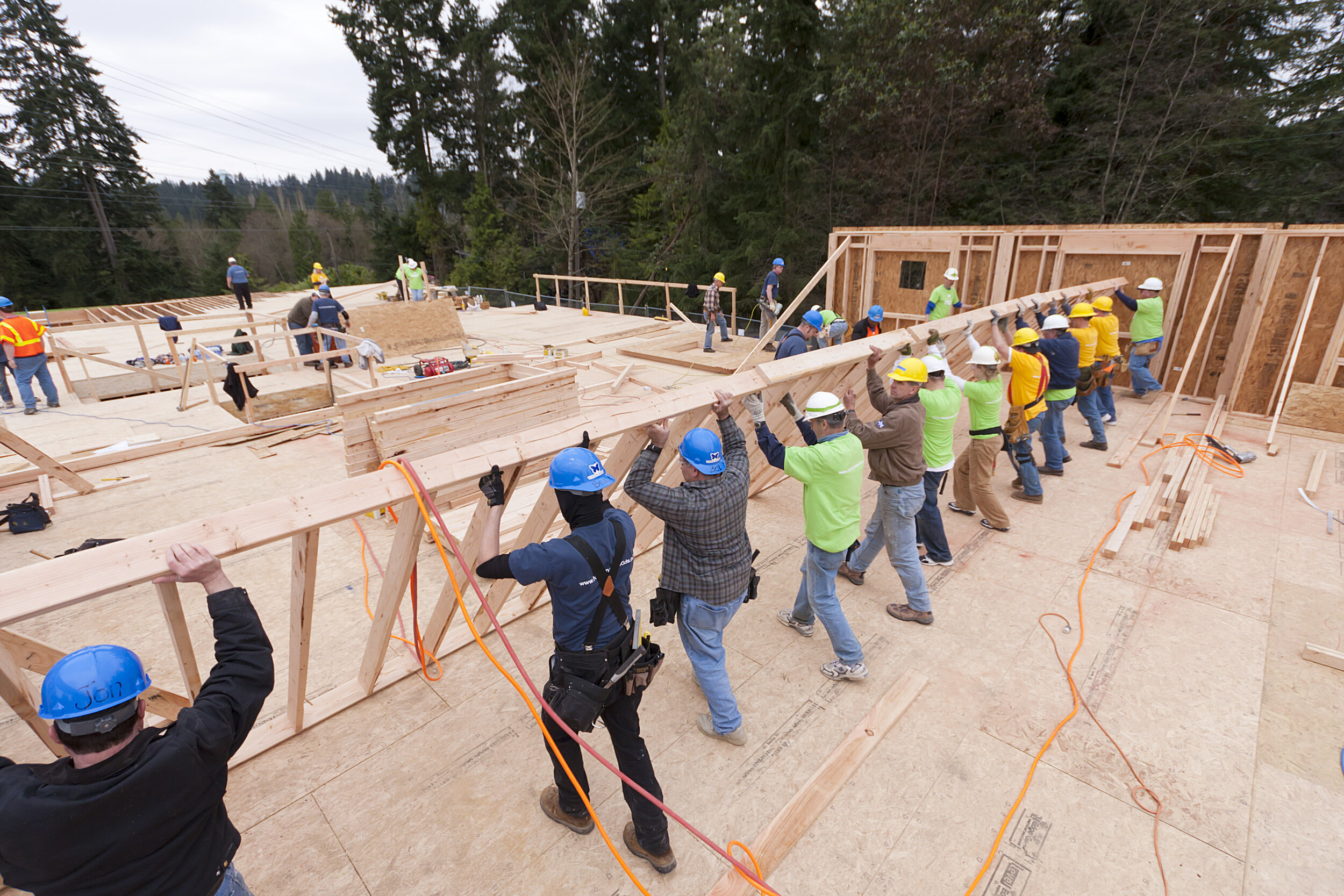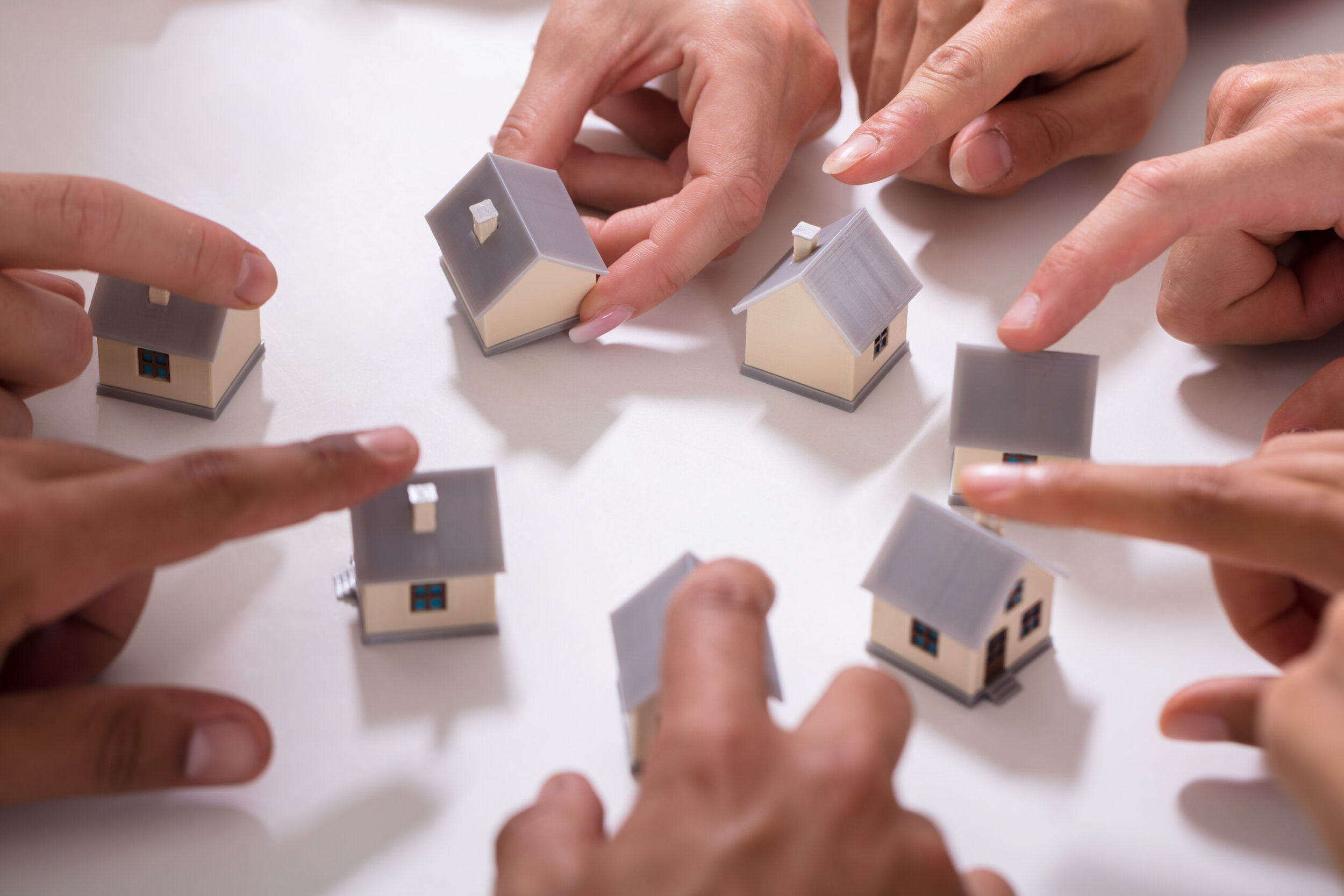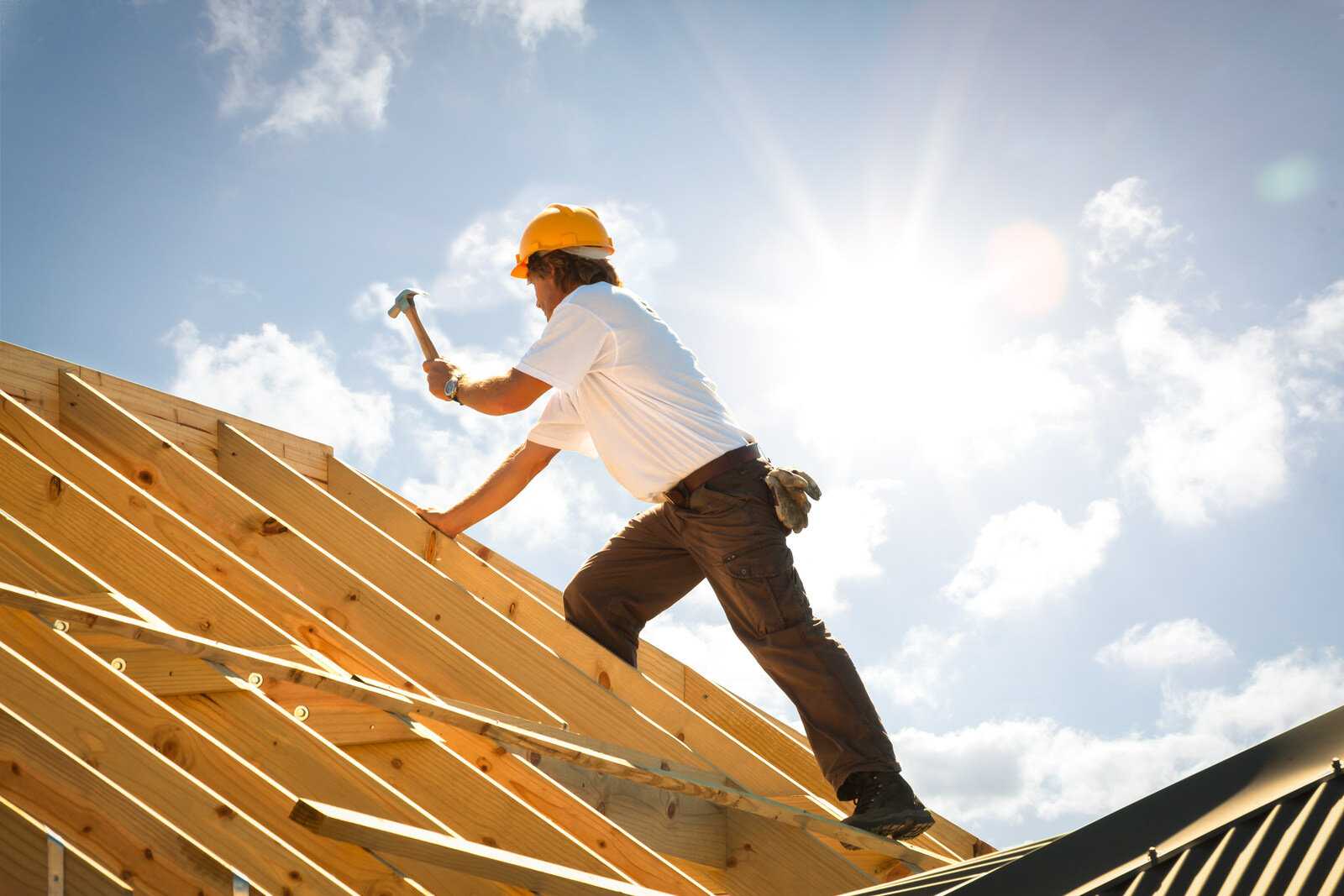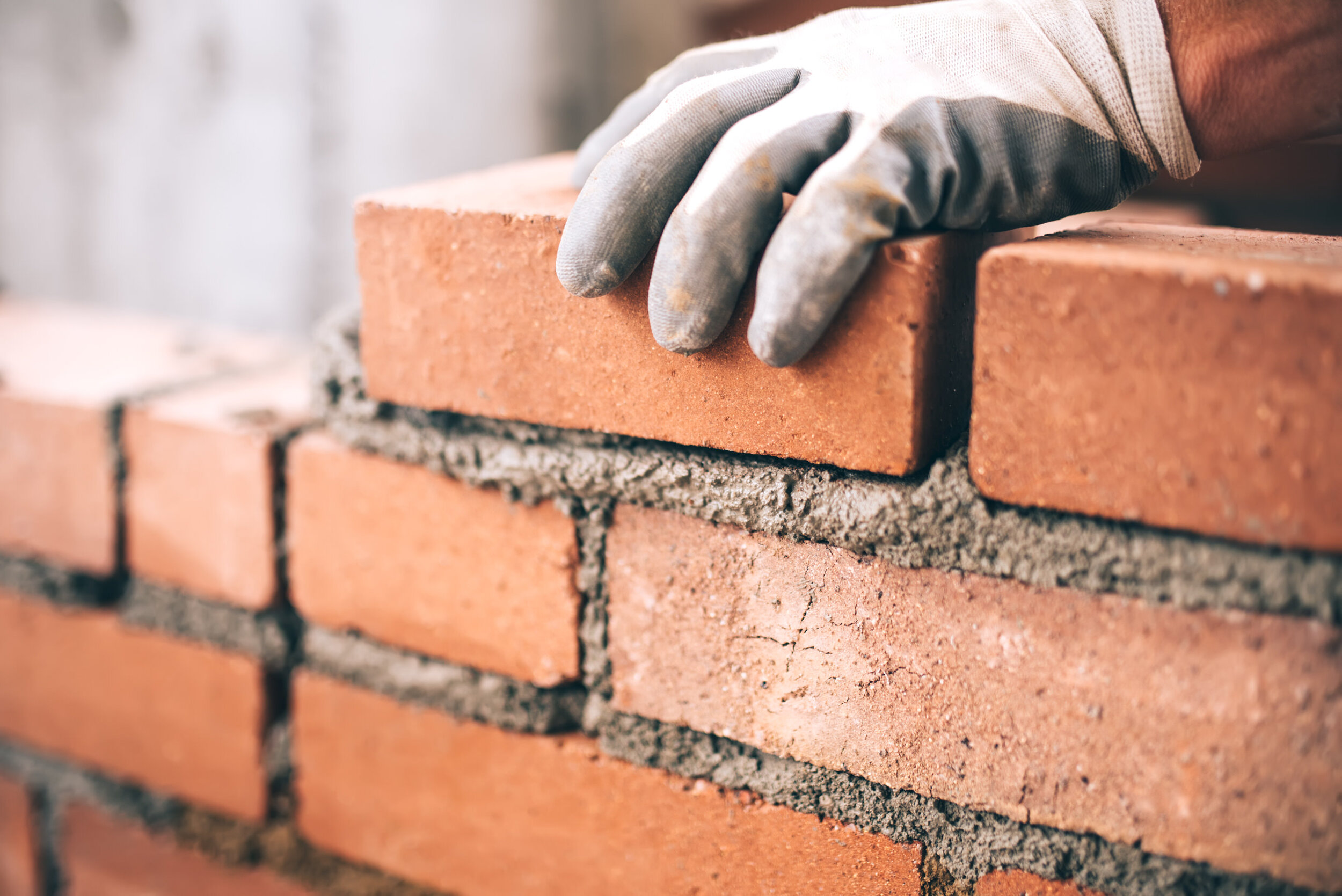
About HomeAid
More than three decades of impact.
HomeAid is a leading non-profit developer of housing and programmatic facilities for people experiencing or at risk of homelessness, currently operating through a network of 19 Affiliates in 13 states.
The Basics
HomeAid has the unique ability through housing, community engagement and education to maximize relationships between the building industry and local service providers in order to create a future where individuals are able to overcome homelessness and build a new life.
Vision Statement
HomeAid’s vision is to be a vital force in creating safe and dignified housing and programmatic facilities for those who are experiencing or at risk of homelessness.
Mission Statement
HomeAid’s mission is to help people experiencing or at risk of homelessness build new lives through construction, community engagement, and education.
Our Core Values
Inclusiveness: Valuing that every individual has worth and human dignity through a willingness to help our neighbors in times of need and to understand the unique stories behind each individual we serve.
Collaboration: Embracing working together as a community to achieve what is not possible alone.
Integrity: Ensuring that everything we do is accomplished with a sense of responsibility, honesty, respect, confidence, and a commitment to stay consistently aligned with our mission.

In 1989, a small (but passionate) grassroots group of individuals in the building industry began on a journey to tackle one of our nation’s biggest problems: homelessness.
Why? Because each and every day in communities across our country individuals and families are experiencing or at risk of homelessness, and they had a solution.
Together, through construction, community engagement and education, they established HomeAid with a bold vision to be a vital force in creating safe and dignified housing for those most vulnerable in our community – those without a home.
What began as a simple remodel of two small farmhouses to end homelessness for families grew into a collaboration across this country of local and national builders, trades, suppliers, financial institutions, and community partners completing over 1,000 developments and effectively ending homelessness for over 500,000 people.
Through HomeAid’s unique ability to maximize relationships between the building industry and local service providers HomeAid became a national pioneer in developing housing and programmatic facilities for those experiencing homeless. And as a result, a future where individuals and families are able to overcome homelessness and build a new life became a reality.
Today, Homeaid is developing every conceivable type of project both residential and commercial but more importantly, these life-changing projects include vital community resource centers, emergency shelters, interim housing and ultimately permanent supportive and affordable housing.
Nothing is outside of HomeAid’s bold vision because we see a future without homelessness, and we are here to build it.
Scott Larson
CEO, HomeAid
The Power of a Triangle
The Triangle is one of the most simple shapes yet is exudes strength, stability and can bear the weight cast upon it from a variety of angles. The Triangle is often found in various elements of construction, including building support and trusses. Equally as strong, are the three sides of HomeAid’s Triangle, as they are each critical components to fulfilling our mission and clearly demonstrate how HomeAid exists to serve those who are experiencing or at risk of homelessness.
Construction →
Building quality & dignified housing is essential to our mission.
Community Engagement →
It takes a community to build and rebuild a community.
Education →
Let’s help empower one another through education.

Who We Help
HomeAid has completed 1,043 housing developments and has served over 520,000 people who otherwise would have been unhoused.
Additionally, HomeAid’s public relations and community education programs work to support new initiatives in Affiliate markets, that will not only house those who need housing, but also to provide training and skills to those who want to work in the building industry.
Through the generosity of our partners, HomeAid has built more than 1,000 construction projects valued at more than $250 million, of which nearly 50 percent was donated in-kind by the building industry. These shelters provide more than 13,500 beds per night nationwide, with each bed serving an average of three people per year.
HomeAid identifies long-term, reputable non-profits who need additional capacity to house and provide resources and services to people experiencing homelessness. HomeAid pairs these nonprofits with our building partners, who donate their time, materials and labor to rehabilitate and build new spaces for those they serve. Our model allows us to serve a variety of populations and needs, including:
Individuals and families experiencing chronic homelessness
Youth who have aged out of foster care
Those fleeing domestic violence and spousal desertion
Children who have experienced homelessness due to a family crisis
Adults living with a life-threatening illness such as HIV/AIDS
Individuals and families suffering from drug and alcohol abuse and addiction
Developmentally and physically disabled individuals
Families and individuals who are homeless as a result of job loss or illness
Veterans
Those with behavioral or mental health challenges
Unaccompanied youth
Transitional aged youth
People unable to secure decent, safe housing at an affordable rate
Those incarcerated or formerly incarcerated
Victims (survivors) of human/sex trafficking
Pregnant teenagers
Victims of natural disaster
These are people who have experienced a life-altering event and need a second chance to get back on their feet — a place to regroup, catch their breath and regain independence. Every HomeAid project includes support services that help residents move toward self-sufficiency, such as education, job skills training, financial counseling, and physical and emotional support.

“Nothing is outside HomeAid’s bold vision because we see a future without homelessness, and we are here to build it.”
— Scott Larson • Chief Executive Officer, HomeAid

